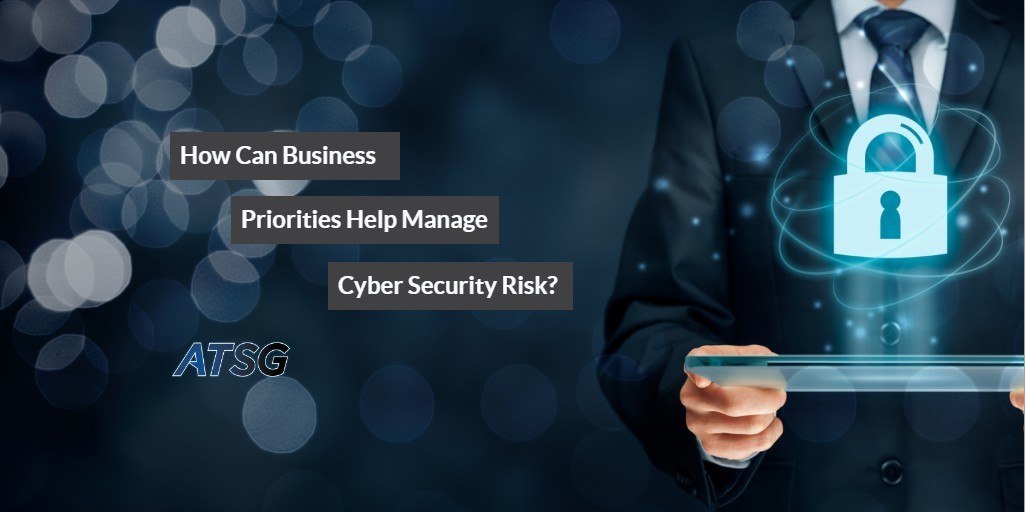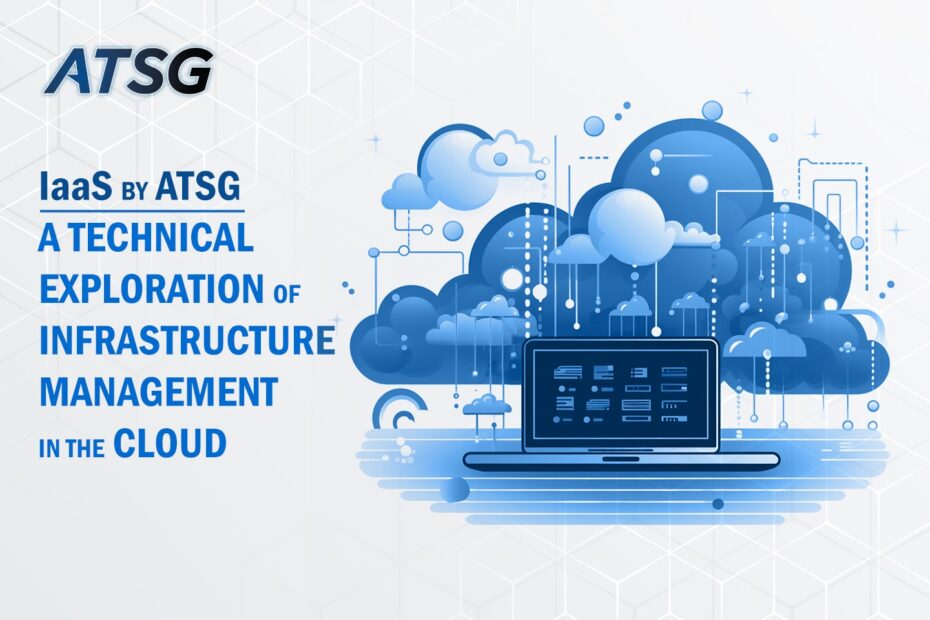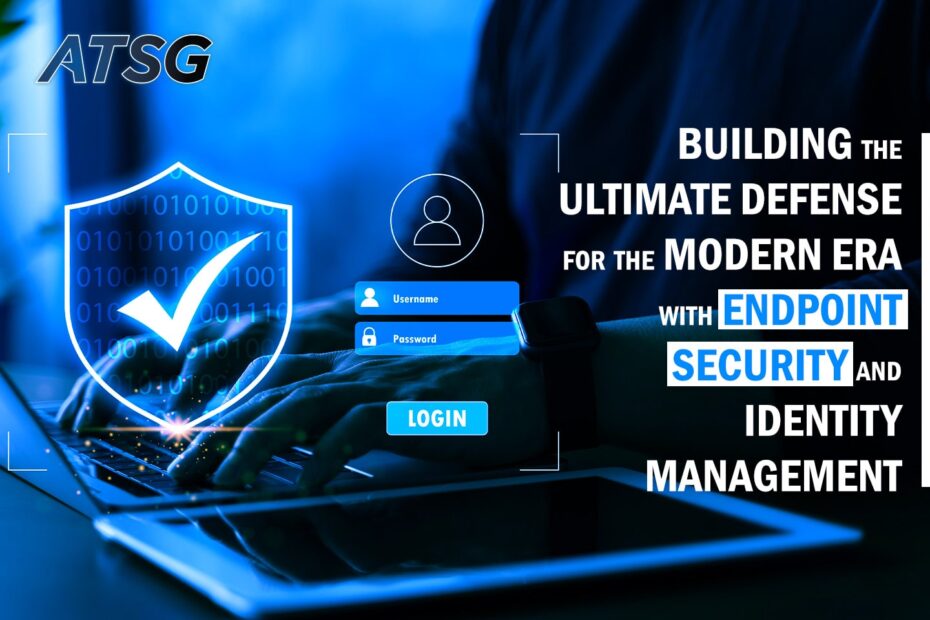
Today’s hyper-fast digital workplace, and the ever-growing technological advances available, have opened markets and opportunities for businesses all over the world. But, this growth also brings the exposure to cyber threats and risks.
Every enterprise has their own understanding and perspective about business priorities and risks they are willing to accept. For example, a preference to use cloud-based services to protect from environmental factors like hurricanes or snowstorms or the management of individual staff devices to ensure they each have the most current malware updates.
For businesses, cyber risk isn’t just a possibility or an event that “might happen one day.” Cyber risk is a real danger. According to the U.S. Securities and Exchange Commission (SEC), 75% of all spear-phishing scams are directed at small and midsized businesses and the costs have grown by 50% in the span of three years from 2012 to 2015.
Smaller businesses tend to have fewer resources, fail to prioritize risk management sufficiently or don’t respond appropriately to attacks. Mirroring the growth and exponential use of technology, cybersecurity is a continuous activity. Instead of approaching risks as a band-aid or in a reflexive manner, greater protection can be created by proactively incorporating your business priorities and challenges into your risk management approach.
How Do You Start The Risk Management Conversation?
No company wants to willingly leave their customers, employees or data open to vulnerabilities. As you start the conversation about cyber risk, it’s important to define what risk looks like for your enterprise. Rather than asking “yes” or “no” questions related to cybersecurity like “Is our data secure?,” start with your business – what are you ultimately aiming to protect?
- Which assets are the most valuable?
- How could they be compromised?
- What are you doing to manage that risk?
- What role do stakeholders (CEO, managers, staff) play in managing the risk?
Which data can your business not afford to lose? How would the loss result in a big financial impact on your business? What if that same data is unavailable? For the healthcare industry, for example, the risk involves HIPAA compliance to ensure the confidentiality of patient data.
For a retail company, an email list with current, past and potential customers is key to successful future marketing communication and isn’t the kind of information you want to lose or have copied through phishing scams that transfer data to unknown sources.
How Do You Use Business Priorities to Identify Cybersecurity Risks?
By reviewing your company’s business priorities, goals and what’s most important to your success, security teams can use this information to pinpoint your cyber risks and areas of vulnerability.
This helps your team create a proactive approach that addresses these concerns specifically and involves the necessary stakeholders. Specifically, they’ll look at where you can:
- Accept risk – small risks that won’t have much impact on your project.
- Avoid risk – risks that may have a potentially large impact.
- Transfer the risk – move the risk to a team that can help better manage that risk through better training or more resources.
- Mitigate risk – reducing the chances of a risk happening.
- Exploit the risk – risks aren’t necessarily negative. You may want to enhance positive risks while being aware of increased vulnerability. An example is increased marketing to new audiences or participating in a brand marketing event. You would be exposing your company to a new audience by moving your newsletter registration to a mobile device for on-the-ground potential customer engagement.
While your digital presence is growing, proper precautions and awareness can help mitigate the level of risk and ultimately the cost of that risk will impact your business.
Building a Strong Cybersecurity Program with ATSG’s rediManage
An IT managed services provider with expertise in cybersecurity will effectively use your business’s operations, stakeholders and priorities to gain a better understanding on cyber risk and get ahead of these concerns, while not creating barriers to the continued growth of your company.
Often, businesses relate cybersecurity plans with restrictions and implementing limitations. Steps like “don’t do XYZ,” changing established business processes, or eliminating BYOD (bring your own device) from companies won’t gain the buy-in needed to implement an effective cybersecurity program. In fact, you might get the complete opposite; staff will ignore your set rules and it may result in a less-secure environment.
Ultimately, a program that integrates seamlessly, is easy to use, and involves your stakeholders at the appropriate levels will be the most effective. Tailored to your needs and ready to scale to your company’s growth, ATSG’s rediManage offerings help bring you just that.
Through ATSG’s rediCompute, rediBackup, rediDesk, rediStore, rediRecovery and rediHost solutions you are provided with a reliable, affordable cloud computing service that is held to the highest of standards.
You can feel confident with ATSG, which has undergone rigorous certification processes and includes audits to ensure that we meet all of your security and risk management needs now and in the future.
ATSG – Transforming the customer experience through tech-enabled managed services
Today’s choices for mobility, cloud, infrastructure, communications, applications and operations are mission-critical for small, mid-sized and large enterprises. ATSG, Inc. is leading the transformation into Technology Solutions as a Service with our tech-enabled managed services portfolio and a commitment to technology innovation, operational excellence and client intimacy. Recognized by industry leaders and industry-leading publications, ATSG has 25 years of operating history delivering exceptional client experiences that directly result in competitive advantage, cost-savings, growth and improved operational efficiencies. Visit ATSG.net, and call 1.914.517.2919 or visit one of our five Tri-State locations today for more information.




